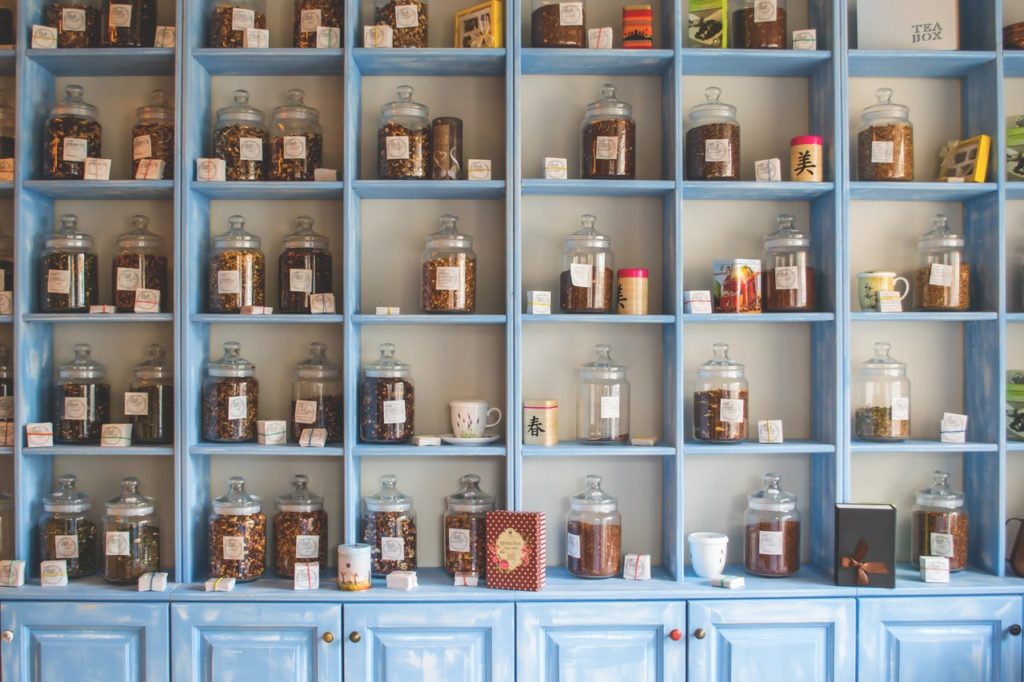Right now is the modern age. When people in the early 19th century imagined how the next century would be, it would be what we are right now. Advancements to agriculture, transportation, communication, health, and medicine are but only a few of the products of humanity coming together to achieve a common goal. For example, if not for the curiosity of Percy LeBaron Spencer working on magnetrons and short radio waves, we would not have the microwave oven. Penicillin would not be widely used today if not for Dr. Fleming, who discovered the antibiotic by accident.
While all these inventions pushed humanity to higher limits than ever before, some things remain unchanged by modern science. Tradition is still persistent and everlasting in this fast-paced modern world. Traditional medicine is the totality and the sum of all the customs and practices by different groups of cultures concerning maintaining their community’s health and well-being. They have persisted until modern times for a reason.
With modern medicines and treatments taking a toll on everybody’s wallets, people have reverted to the ways of ancient techniques. Wellness, as a subject, is not only a question of science but is a question of experience too. The sum of all the experience our forefathers, as well as generations of fatal trial and error, made traditional medicine the way it is. Aside from being cheaper than modern treatments, traditional medicine is vouched by millions of people who have continued practicing the treatments across multiple generations.
Which ancient health and wellness programs are still helpful in this day and age? Are conventional methods of healing still really effective?
Chinese Traditional Medicine
Chinese traditional medicine is one of the oldest recorded effective methods to heal persons. Obviously originating in China, Chinese traditional medicine is centered around balancing the great life forces of yin and yang. Most Chinese people from mainland China still believe in the effects of traditional medicine. The regimen of those who indulge in Chinese medicine include natural products, peculiar edibles and medicines, acupuncture, and massage. While most associate modern spas with massage to Southeast Asian practices (like Thai massages), it can actually be attributed to Chinese culture.
Acupuncture is the pricking of the skin with needles to alleviate pain and solve various body issues. From being widely discredited by the West, it is now considered effective by modern doctors and scientists. It is still considered as alternative medicine and pseudoscience. Its effects, while effective, is not based on any scientific study. However, most patients swear by how effective it is.


Indian Traditional Medicine
While Chinese medicine is widely based on the self, Indian traditional medicine credits its effectiveness to their beliefs and customs. Ayurveda, Siddha, and Unani — three of the Indian traditional medicinal systems, are all tied to ancient Indian scriptures. Food is the basis of all reactions of the body. It is the reason why the Indian culture puts so much emphasis on balanced nutrition and rejecting modern food eating habits. Indian medicine also puts importance on herbal medicine that can be found in nature. Traditional Indian medicine also places mental health as the pinnacle of body recreation and wellness.
It is no surprise that Yogi practices are attributed to the Indian culture. Yoga is a discipline that combines and harmonizes the physical, mental and spiritual realms of a person. While there are many schools, methods, and yoga practices, the goal is always overall wellness. The entire exercise is the pathway to healthy living. According to recent findings, at least 36.7 million people practice yoga in the United States.
Oriental Traditional Medicine
Oriental or Southeast Asian traditional medicine, while a mix of multiple cultures, is gaining traction with the West’s wellness practices. As you can guess, it has great fixations of the mixture of both Chinese and Indian Traditional Medicine. However, unlike the other two, it emphasizes herbal medicine from plants widely available in tropical countries. Unlike China or India, Southeast Asia is a hotbed for rare species of plants with high treatment effects on many types of illnesses.
Guava plants, for example, are extremely numerable in the Southeast Asia region. There are used for treating common wounds and other skin irritations. The coconut species of plants, or Cocos Nucifera, is one of the most common plants in the region. Also called the tree of life, it has many medicinal effects that range from its fruit to its roots.
While advancing our knowledge regarding medicinal practices is never bad, it is always important to look back to our traditions. Customs and traditions have always been there because they are effective treatments to our common problems.






